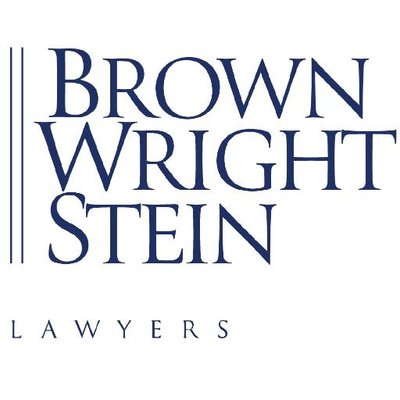Employee Share Schemes just got easier, but watch the traps
Regulations are coming into effect that should make it easier for businesses to administer employee share schemes and remove the cessation of employment as a deferred taxing point. These changes were announced in the Federal Budget for 2022-23 and will come into effect during this income year.
Streamlined disclosure
Businesses that provide Employee Share Scheme (ESS) benefits to employees are required under the Corporations Act 2001 (Cth) and various legislative instruments and regulations to make certain disclosures before offering any ESS shares, options or other rights. The disclosure may require a document such as a prospectus that needs to be lodged with ASIC. If an employee is offered ESS options or other rights, the employer is required to make disclosures before those options or rights become exercisable.
From 1 October 2022, offers of ESS interests will have different disclosure requirements. Where the employee is not required to pay monetary consideration for the ESS interest, the disclosure requirements are significantly reduced. The disclosure requirements are different depending on whether the company offering the ESS is listed or unlisted.
Newly listed companies can access the streamlined disclosure requirements without having to wait three months, as was previously the case. The new rules also require certain terms and disclaimers to be included in offer documentation.
Trap – although these rules are described as 'streamlined', there are changes in what is required for different entities.
We can review your ESS documentation to make sure offers contain the appropriate wording and you have met the new requirements. Don't get caught out copying your old offer documents after 1 October 2022.
Additional penalties
While the disclosure requirements have been streamlined, there are also new criminal offences for failing to comply with the disclosure requirements. These include financial penalties and up to five years imprisonment for making misleading or deceptive statements in disclosure documents and offers.
Removal of taxing point
ESS schemes may be taxable to employees upfront (when the ESS interests are issued), at a later point (when the 'deferred taxing point' occurs) or concessionally under the ESS start-up concessions.
For deferred tax schemes, there are several possible 'deferred taxing points' and the earliest to occur gives rise to assessable income for the employee. However, the latest changes have removed cessation of employment as a potential deferred taxing point. This will apply to employees who leave on or after 1 July 2022. This change will allow employees who leave to continue to defer their tax, provided none of the other possible deferred taxing points have occurred. Broadly these other points include:
1. where there is no real risk of forfeiting the ESS interest and the scheme no longer genuinely restricts disposal of the ESS interest; or
2. 15 years after the employee acquired the ESS (or seven years for ESS interests acquired before 1 July 2015).
Getting it right
While the changes to disclosure requirements are intended to make implementing an ESS simpler, there are still key steps that employers must take to comply with the rules. Our team of commercial and taxation law specialists can assist with implementing an ESS, from workshopping the design of an ESS that achieves your objectives, to preparing legal documentation and advising on taxation implications.
Seeking legal advice before implementation or reviewing your scheme can save time and money down the track and help ensure that the ESS provides a real incentive to employees.
The material in this article was correct at the time of publication and has been prepared for information purposes only. It should not be taken to be specific advice or be used in decision-making. All readers are advised to undertake their own research or to seek professional advice to keep abreast of any reforms and developments in the law. Brown Wright Stein Lawyers excludes all liability relating to relying on the information and ideas contained in this article.
contact
Amanda Comelli
Partner
E akc@bwslawyers.com.au
P 02 9394 1044
Jane Harris
Associate
E jeh@bwslawyers.com.au
P 02 9394 1006



